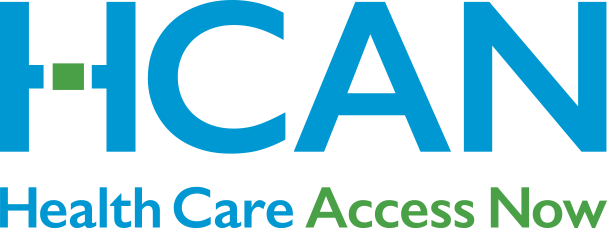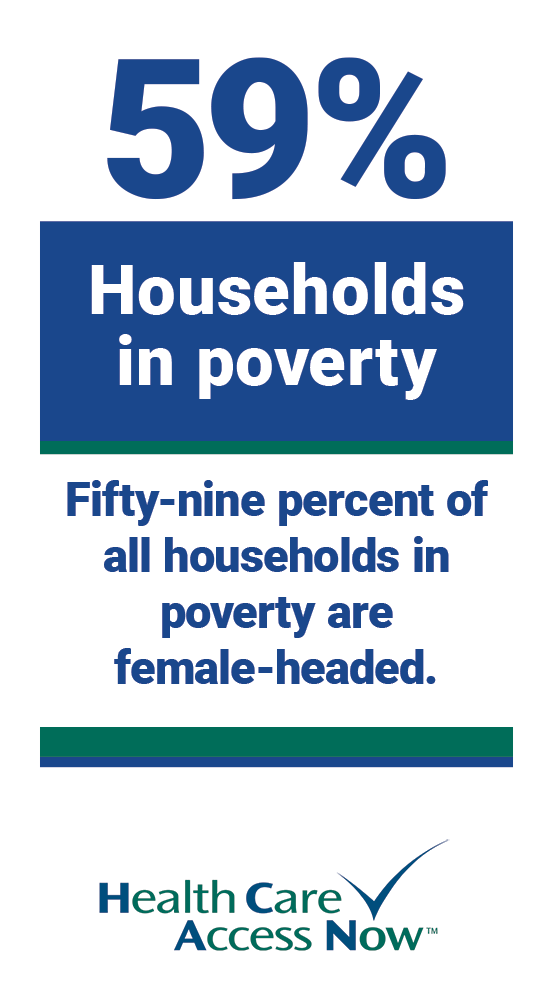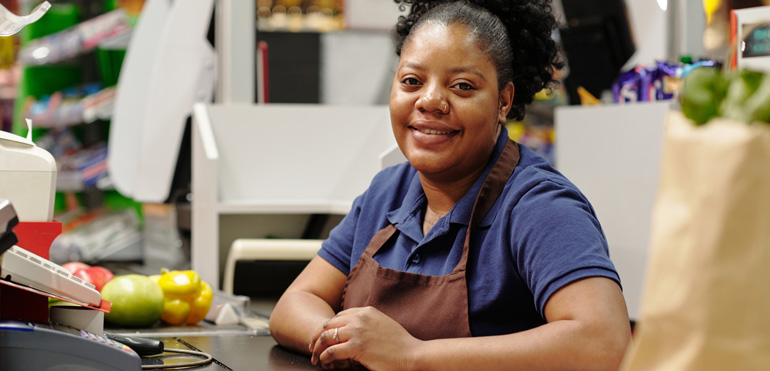Women’s health and financial instability: Poverty affects choices

The Center for Community Solutions, a nonpartisan, nonprofit think tank focusing on health, social, and economic issues in Ohio, has concentrated on research, analysis, and advocacy to improve the wellbeing of Ohioans for the last 110 years.
Angela Maher, Research Associate for The Center for Community Solutions, says that its success lies in its connection to community organizations and its commitment to listening from the ground level, bringing both lived experience and data to conversations with policymakers. Recently, its effort has been centered on maternal and infant health as one of five priority areas. “We worked to get doulas covered by Medicaid.”
Maher believes that financial instability can contribute to suboptimal health outcomes. “Financial instability leads to overall instability—housing, transportation, food insecurity, and stress [as examples]”—and that there is mounting evidence demonstrating the “toll stress can take on the body.”
Not only that, but financial instability “narrows the focus of what someone can give time and attention to.” That includes electing not to take expensive prescription medications or ignoring preventative health measures “until the issues forces itself.” Financially unstable people “may not have a health home—and there’s something so critical about developing a relationship with a primary health care professional.”
[Learn more: How do you become a Community Health Worker?]
Women and financial instability
Issues of financial instability can be compounded for women, who are still experiencing a large wage gap overall at 82 percent of what white men make. Particularly, this affects women of color, with Black and Hispanic women with a college degree experiencing a larger wage gap than white women do, at about 70 percent.
Women who have children can find themselves in situations where they are more likely to experience financial instability. As Maher points out, there can be tension between work and childcare. “Some may be able to get a voucher—but there’s a limit to affordable childcare openings.”
That can result in restrictions around employment: “what positions they take, inconsistent work hours, overnight shifts—their jobs can’t ask of them more than what they have covered [by childcare].” Limitations also exist for women who leave the workplace to care for their children at home, a choice that many women want to—and certainly have the right to—make. They may be absent for years and find re-entry into their profession difficult upon return. “There’s agency that comes with earning your own money,” says Maher. “And it’s heartbreaking that these kinds of choices fall to women.”
Adult women experience poverty at higher rates than men, Maher says. “Fifty-nine percent of all households in poverty are female-headed, while 32 percent of households overall are headed by females. Forty-five percent of all households are married couples, and only 13 percent of those live in poverty. All households with children experience more poverty than those without.”
Solutions to women in poverty
Maher says that we need to be equitable in closing pay gaps and “lift everybody together.” She speaks to the complexity behind wage gap statistics. “The lowest paying jobs have the smallest wage gaps, so when we talk about lessening wage gaps, we should also consider lessening the pay gap between different jobs.”
She also points out that wage gap numbers compare men and women who are working full-time year-round—which means that “those who are working part-time or intermittently are not included, and there’s even more of a disparity if we take those numbers into account.”
Some solutions that could help create financial stability include monthly supplementary income provided by the government rather than an annual child tax credit. Maher cites the child tax credits offered throughout the year during the COVID-19 pandemic “that lifted so many families out of poverty.” Another solution is flexible workplace policies, “so parents can pick up children when they’re sick at school or be there when they get off the bus,” as examples. Standardized maternity leave policies developed at a state level would also help stabilize women’s finances, along with workplaces providing childcare options.
Maher stresses the importance of appropriately valuing jobs that have historically been underpaid, such as home health aides, and having conversations about compensation. “It’s so important to identify unfair disparities and close those gaps—and it’s easier to advocate for yourself to earn more if you know someone else is doing the same job for more money.”







